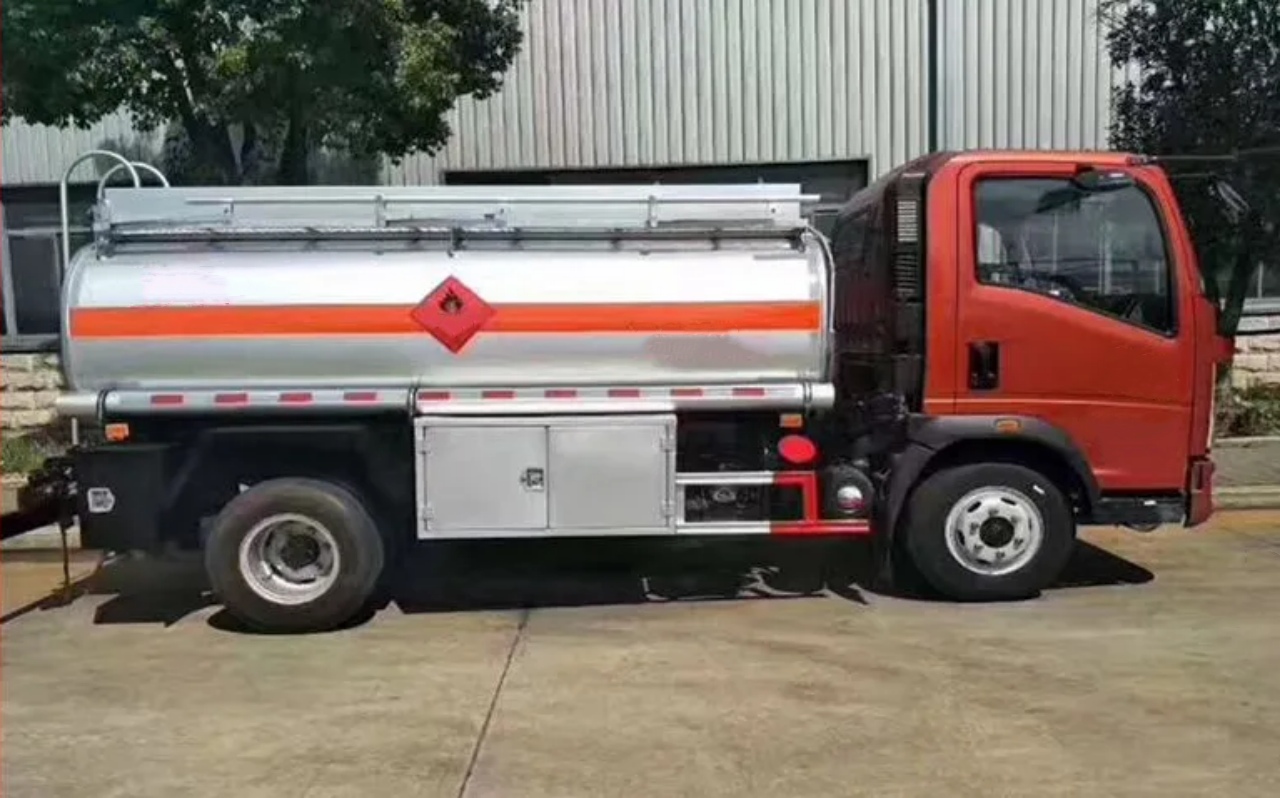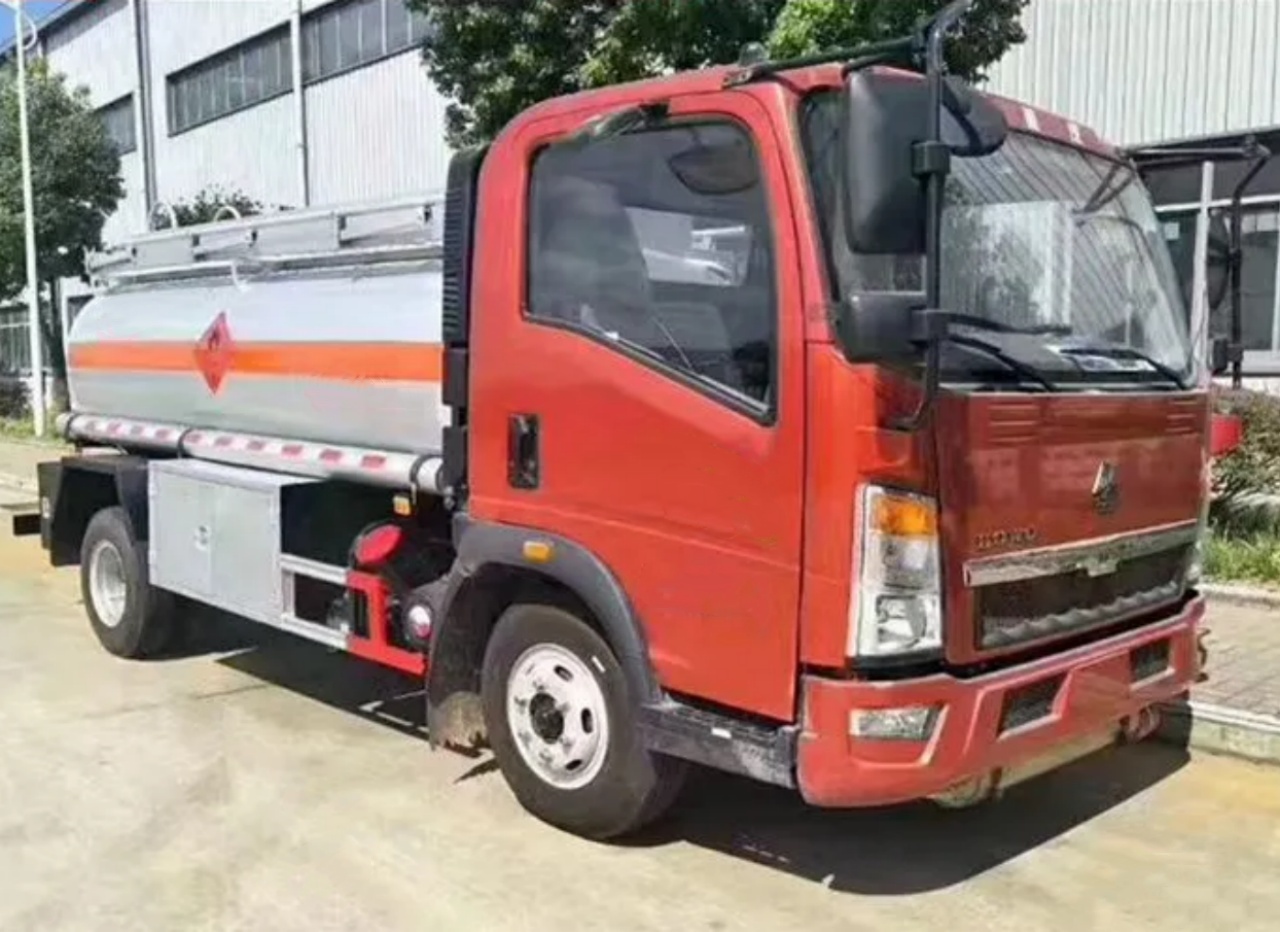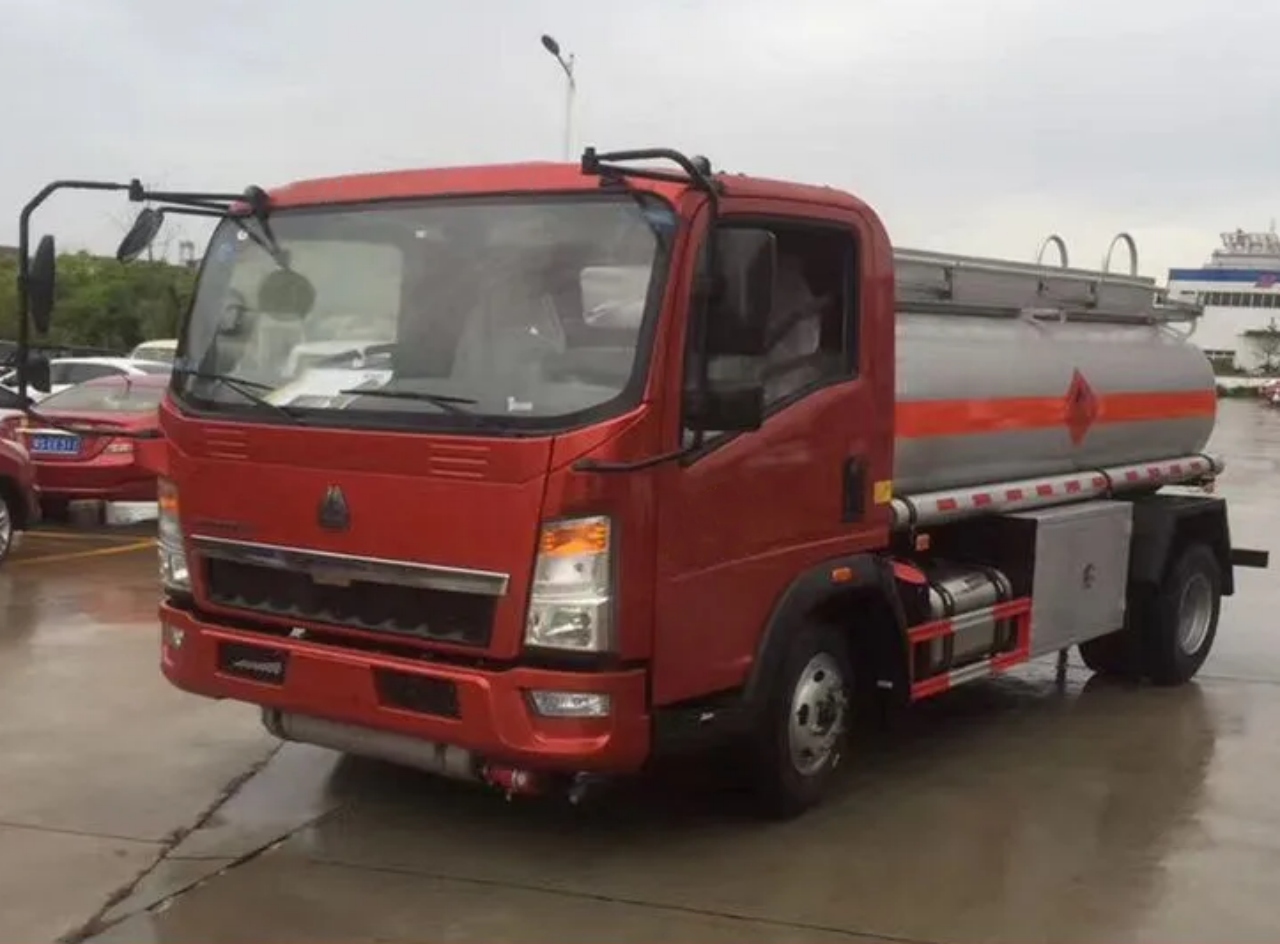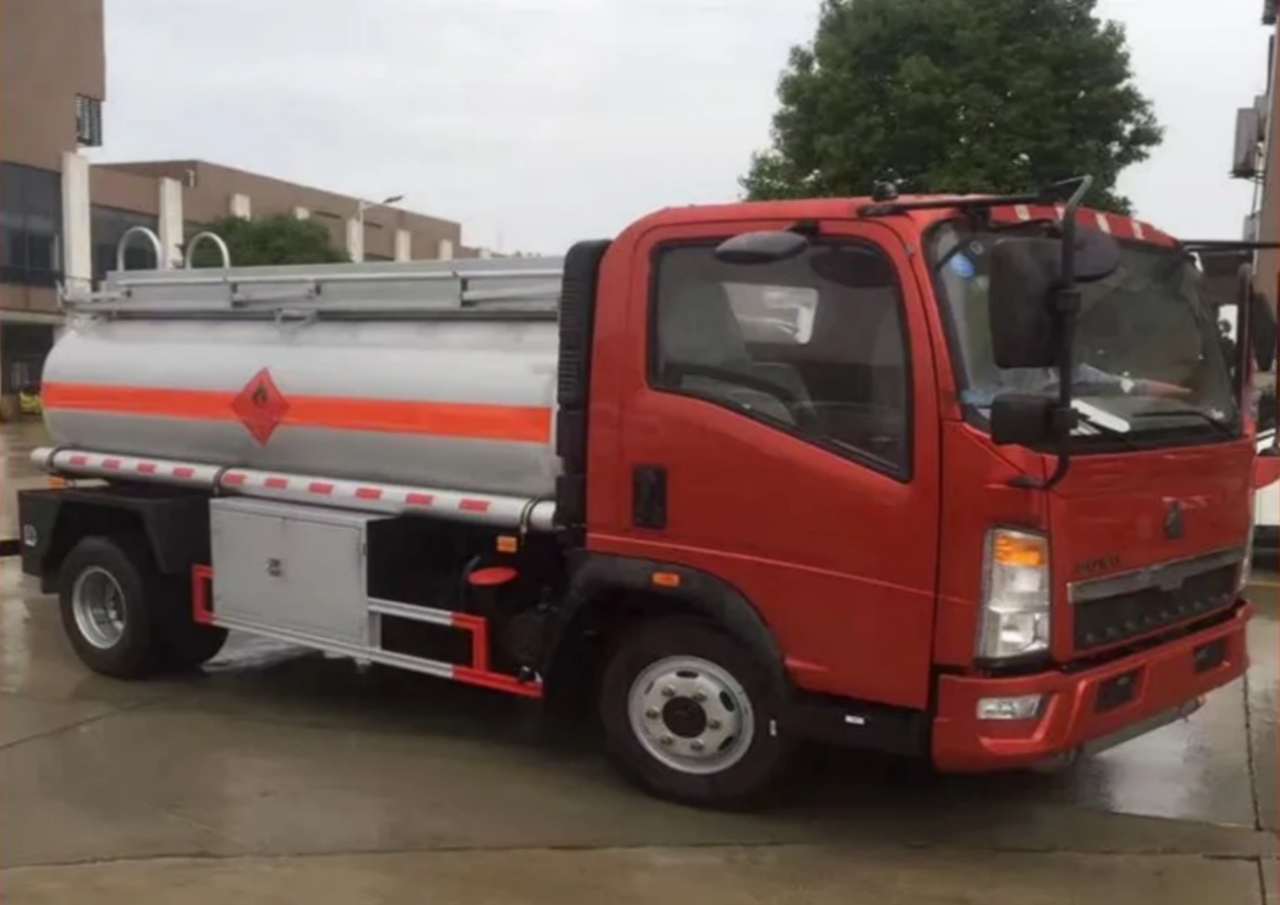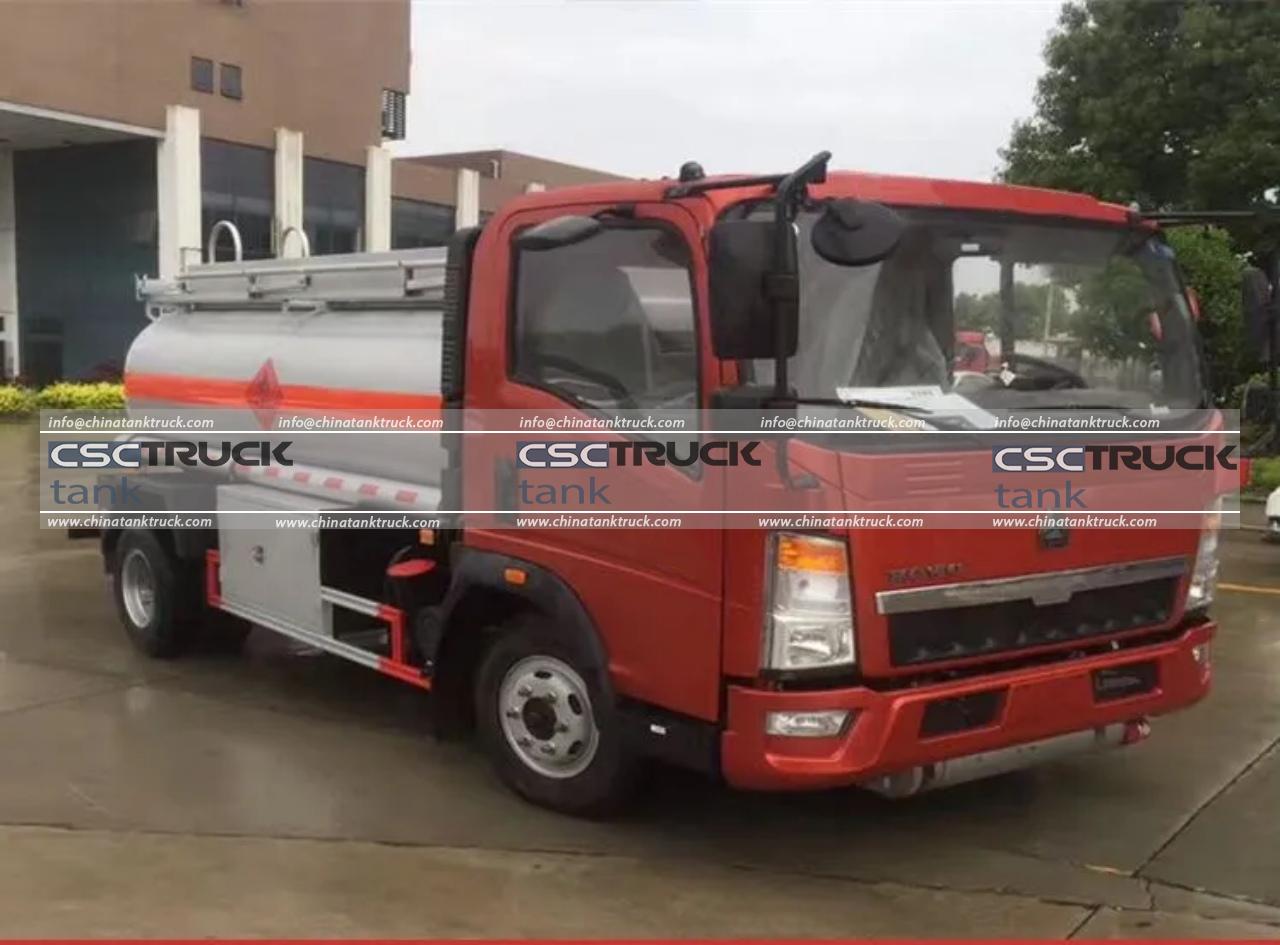Fuel trucks, also known as fuel tankers or tanker trucks, are essential components of the global energy and logistics infrastructure. These specialized vehicles are designed to safely transport various types of fuel, including gasoline, diesel, aviation fuel, and other petroleum products, from refineries or storage facilities to fueling stations, airports, construction sites, or industrial locations. Their widespread use and versatility make them crucial in sectors such as transportation, construction, aviation, agriculture, and emergency services. This article explores the various uses of fuel trucks, their importance, and how they contribute to the efficient and safe distribution of fuel worldwide.
Primary Function: Fuel Transportation
The most fundamental use of a fuel truck is the transportation of fuel. These trucks serve as the link between fuel production and end-use points. Refineries and large fuel depots often store vast quantities of fuel in bulk. To deliver this fuel to smaller storage units or directly to consumers, tanker trucks are deployed. Depending on their size and configuration, fuel trucks can carry anywhere from 1,000 liters to over 40,000 liters of fuel in a single trip.
Different industries require specific types of fuel, and fuel trucks can be tailored to transport each kind safely. For instance:
- Gasoline and diesel are delivered to gas stations.
- Jet fuel is transported to airports.
- Heating oil is delivered to residential or commercial heating systems.
- Specialized fuels, like those used in agriculture or industry, are delivered to off-road locations.
By ensuring the movement of fuel across various distances—whether short hauls within a city or long-distance deliveries across states—fuel trucks play a critical logistical role.
On-Site Fueling Services
Another key use of fuel trucks is on-site fueling, also known as mobile fueling or direct-to-equipment fueling. In this scenario, the fuel truck delivers fuel directly to construction equipment, agricultural machinery, or industrial vehicles at their location, rather than requiring those machines to drive to a fuel station. This is particularly valuable in remote or large-scale work areas such as:
- Construction sites where cranes, excavators, and bulldozers operate.
- Farms and agricultural fields where tractors and harvesters are spread out over large distances.
- Mining operations are located far from standard fueling infrastructure.
On-site fueling enhances productivity by reducing downtime, improving fuel efficiency through managed fueling schedules, and maintaining better control over fuel usage.
Emergency Fuel Supply
Fuel trucks are often deployed in emergencies to ensure that essential services continue uninterrupted. During natural disasters like hurricanes, floods, or wildfires, power outages and fuel shortages are common. Fuel trucks can supply emergency generators, rescue vehicles, and temporary shelters with the fuel they need to operate.
In military operations or disaster relief missions, specialized fuel trucks may also be airlifted or driven into affected areas to provide life-saving fuel. In these cases, fuel trucks are not only a logistical asset but also a critical component of disaster response and recovery.
Aviation Refueling
Aviation is another sector that heavily relies on fuel trucks. Airports typically use specialized aviation fuel trucks, often referred to as refuelers, to service aircraft on the tarmac. These vehicles are equipped with pumps, meters, filtration systems, and hoses designed to handle aviation-grade fuels safely and efficiently.
2 main types of fuel trucks used in aviation:
- Overwing refuelers – These supply fuel through a nozzle inserted into the aircraft’s wing tank, similar to car fueling.
- Underwing refuelers – These connect to aircraft fueling ports located underneath the aircraft using high-capacity hoses.
Aviation fuel trucks ensure quick turnaround times for aircraft, especially in busy airports, contributing to the overall efficiency of air travel logistics.
Fuel Distribution in Remote Areas
Fuel trucks are indispensable in reaching remote regions where permanent fueling infrastructure is limited or nonexistent. In many parts of the world, especially in developing countries, mountainous regions, or areas with poor transportation networks, fuel trucks serve as the primary mode of fuel distribution.
These trucks deliver fuel to villages, remote industrial operations, and infrastructure projects that would otherwise struggle with fuel accessibility. Without fuel trucks, running power generators, water pumps, vehicles, and other critical systems in these areas would be extremely difficult or even impossible.
Types of Fuel Trucks
To serve their various purposes, fuel trucks come in different shapes, sizes, and configurations:
- Light-duty fuel trucks – Suitable for urban deliveries and on-site fueling.
- Medium-duty fuel trucks – Often used in mixed operations for medium-distance deliveries.
- Heavy-duty fuel tankers – Designed for long hauls and large volumes, often featuring multiple compartments for different fuel types.
Fuel trucks are typically equipped with compartments, flow meters, hoses, pumps, and safety valves to ensure safe handling and accurate dispensing. Advanced models may include GPS tracking, automatic tank gauging, and digital monitoring systems.
Safety and Regulatory Considerations
Due to the flammable and hazardous nature of the cargo, fuel trucks are built with strict adherence to safety and environmental regulations. Common safety features include:
- Explosion-proof electrical systems
- Spill containment systems
- Emergency shut-off valves
- Fire extinguishers
- Anti-static devices
Drivers must also hold special licenses, such as the HAZMAT (Hazardous Materials) endorsement in the U.S., and receive training on proper fueling procedures, spill response, and vehicle maintenance.
Regulatory bodies such as the U.S. Department of Transportation (DOT), Environmental Protection Agency (EPA), and international standards like ADR (European Agreement concerning the International Carriage of Dangerous Goods by Road) ensure that fuel trucks operate safely and efficiently.
Environmental and Technological Advances
As environmental concerns grow, fuel truck manufacturers and operators are incorporating greener technologies and practices. Some of the advancements include:
- Use of electric or hybrid fuel trucks for urban deliveries.
- Retrofitting trucks with cleaner engines to reduce emissions.
- Telematics and fuel management systems to optimize routes and reduce fuel consumption.
- Spill detection and containment systems to minimize environmental damage.
Such improvements not only enhance operational efficiency but also reduce the carbon footprint associated with fuel distribution.
Conclusion
Fuel trucks are vital to the functioning of modern society. From powering construction sites and airplanes to ensuring emergency services and reaching remote communities, their role is both diverse and indispensable. As technology and environmental standards evolve, fuel trucks continue to adapt, becoming safer, more efficient, and more sustainable.
Understanding the various uses of fuel trucks highlights not only their technical importance but also their broad impact on industries and communities around the world. Whether it’s keeping cities moving, farms running, or planes flying, fuel trucks are the silent enablers behind much of our daily infrastructure and economic activity.
